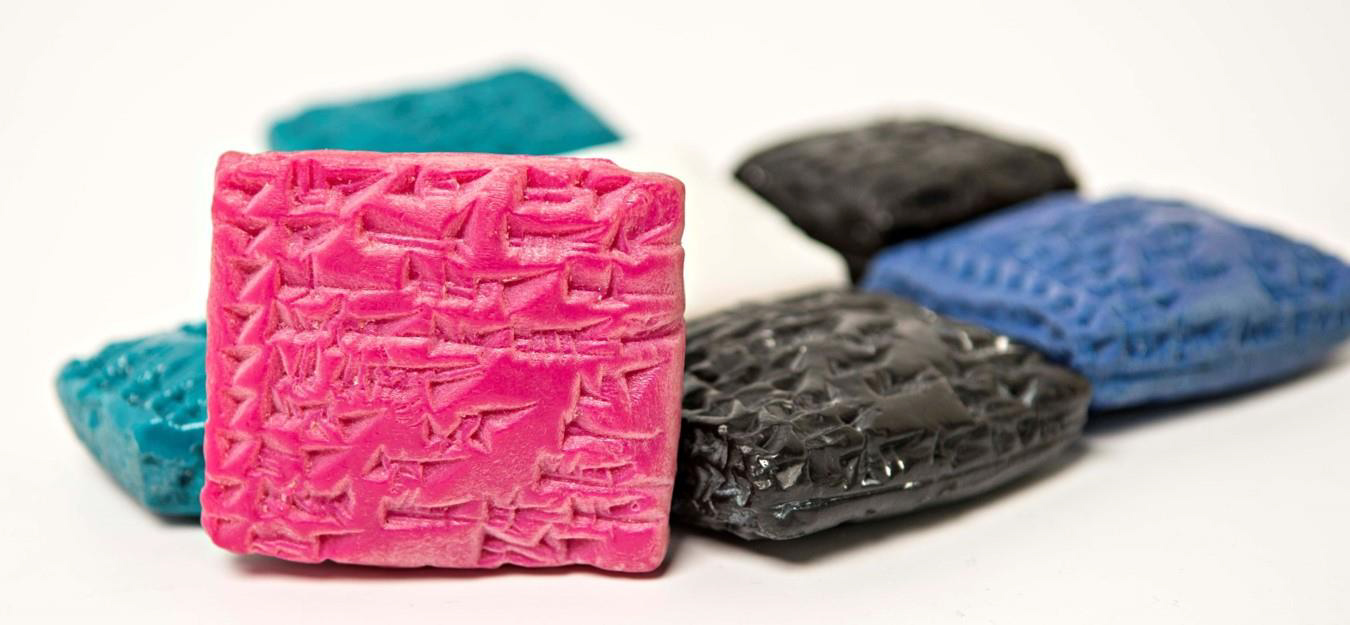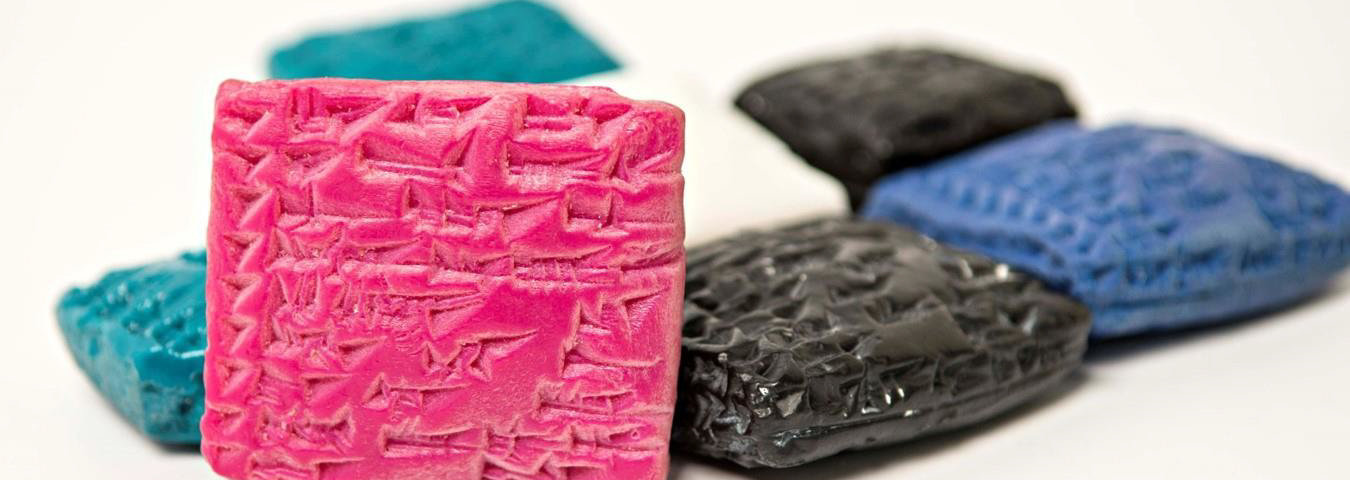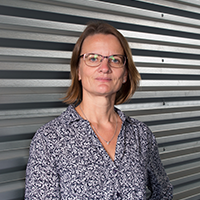European Heritage award for Scanning for Syria project
The research project Scanning for Syria (SfS), in which geo-engineer Dominique Ngan-TIllard (GSE) is heavily involved, has been awarded a European Heritage Award / Europa Nostra Award in the category Research. The project focused on the use of 3D scanning and printing technology to make high quality reproductions of 12th century BC clay tablets with cuneiform writing.
Public vote
Everyone can now cast a vote to decide which initiative should also win the public award. The deadline for voting is 1 September 2020.The winner of the public award will be announced after the summer holidays. You can cast your vote on: https://vote.europanostra.org/
For the last nine years the Syrian civil war has caused sorrow and destruction. It has displaced millions and killed thousands. And it has badly impacted the rich cultural heritage the region is known for. The clay tablets with cuneiform writing from the museum in Raqqa in northern Syria have been destroyed or plundered. The SfS team wanted to save a lot of valuable information of these tablets, especially of the precious texts hidden inside the tablets, by making 3D scans and prints out of silicone rubber moulds that were made by Leiden archaeologists before the war started. Having a lifespan of roughly thirty years, these moulds proved to not be a durable solution, hence the need for longer-lasting measures to preserve the scriptures they contain.
Micro CT-scans
The research team explored several imaging technologies to find the best solution to capture the precious texts hidden within the concavities of the moulds. Dominique Ngan-Tillard used the X-ray micro-CT scanner housed at the laboratory of her faculty of Civil Engineering & Geosciences to create images of the insides of the clay tablets. The scanner turned out to offer a good compromise between time-efficiency, accuracy and text recovery.
Through these scans, the SfS team has been able to accurately generate digital reconstructions of the original clay tablets from the scanned 3D raw data of the silicon moulds. Then, using 3D printing technology, even new physical replicas could be generated. See for the four stages of the reconstructions this Story of Science that was published some while ago.

Colored high-resolution prints of Assyrian cuneiform texts from the site of Tell Sabi Abyad, northern Syria (image: National Museum of Antiquities, Netherlands, Scanning for Syria Project).
The European Heritage award
The fact that SfS has received this European Heritage award / Europa Nostra Award shows the value of interdisciplinary research and the possibilities it brings for further developments in the cultural heritage field. As quoted by the jury, “the method is replicable and can also be applied to other, small size objects and thus offers new methods of digitally analysing and documenting small heritage artefacts – even objects that are incorporated or sealed into other material”. The consortium is hopeful that the achievement made in this project would lead to funding for new scholarship.”
About Scanning for Syria
The SfS project was initiated by academics from Leiden University and Delft University of Technology under the auspices of the Leiden-Delft-Erasmus Centre for Global Heritage and Development. It was made possible with a NWO- KIEM Creatieve Industrie grant.
Team members are dr. ir. Dominique Ngan-Tillard, dr. ir. Jouke Verlinden, dr. Karsten Lambers, dr. Lucas Petit, and Prof. dr. Jan Kolen. They would like to dedicate the award to the memory of dr. Olivier Nieuwenhuyse who initiated the project.
More information
- A Story of Science was published about the work of Dominique Ngan-Tillard.
- More information about the project is available on the website of NINO: Netherlands Institute for the Near East
- Or on the website of European Heritage
Public vote
Everyone can now cast a vote to decide which initiative should also win the public award. The deadline for voting is 1 September 2020.The winner of the public award will be announced after the summer holidays. You can cast your vote on: https://vote.europanostra.org/

